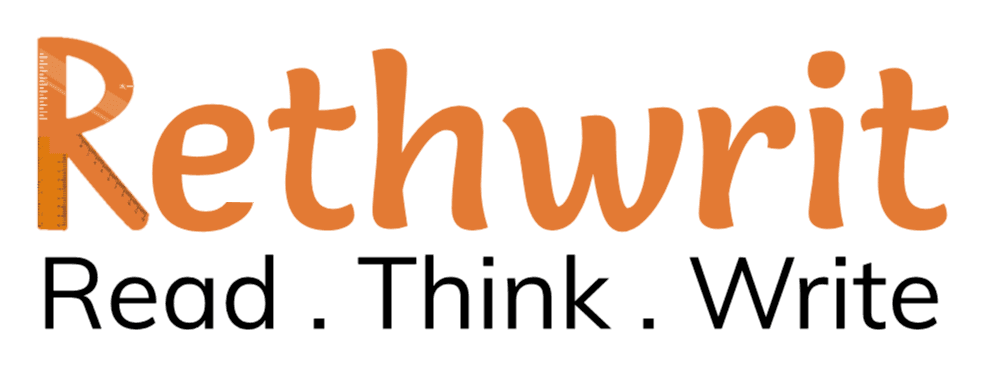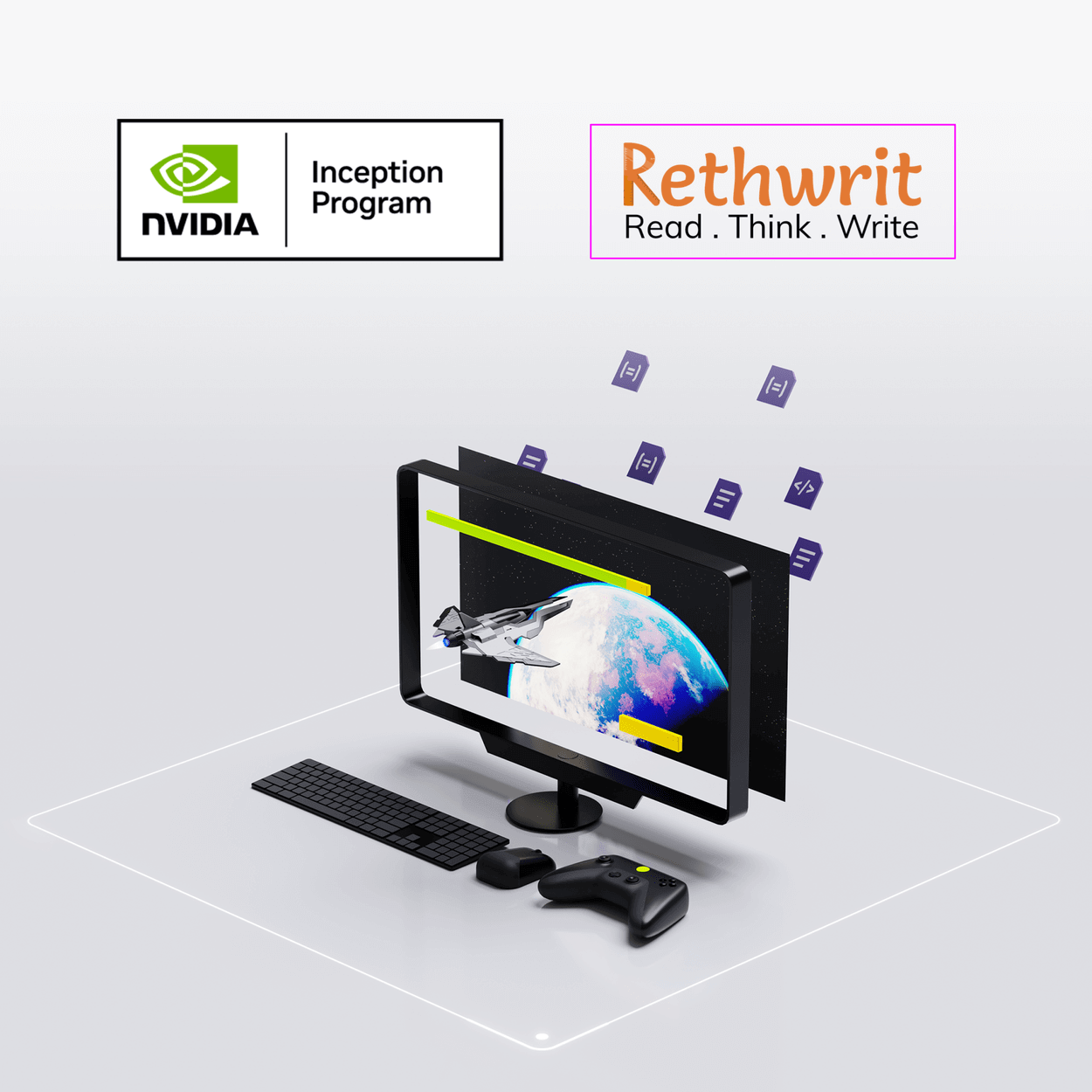NCERT Solutions for Life Processes Class 10 Chapter 5 Science has all the solutions to the questions provided in the NCERT Book of the latest edition.
Students are advised to practice all the questions to get good marks in the board examination.
| Textbook | NCERT |
| Class | 10 |
| Subject | Science |
| Chapter | 5 |
| Chapter Name | Life Processes |
Life Processes Intext Questions Page 81
Why is diffusion insufficient to meet the oxygen requirements of multi-cellular organisms like humans?
Answer
Diffusion is a very slow process so it will take a lot of time to travel from one place to another in a multicellular organism, but the need has to be fulfilled fast. So, diffusion is insufficient to meet the requirement of multicellular organisms.
What criteria do we use to decide whether something is alive?
Answer
We can call something alive if it has coordination, can sense the surroundings, can reproduce, can grow in size, does intake of nutrition and excretion occur and metabolic reactions occur inside its body.
What are outside raw materials used for by an organism?
Answer
An organism needs food, water and oxygen from its surroundings to perform basic life functions normally.
What processes would you consider essential for maintaining life?
Answer
Processes essential to maintain life are- nutrition, reproduction, metabolism, ability to sense the environment, transportation inside the body and excretion.
Life Processes Intext Questions Page 87
What are the differences between autotrophic nutrition and heterotrophic nutrition?
Answer
| Autotrophic nutrition | Heterotrophic nutrition | |
| Definition | In this organisms make their own food using the raw materials present in the surroundings. | In this organisms don’t have the ability to make their own food, so they have to consume food from autotrophic sources. |
| Requirements | They require sunlight, gases like oxygen and carbon dioxide, and certain pigments like chlorophyll. | They are completely dependent on the autotrophs. |
| Example | Plants, algae | Humans, cows |
Where do plants get each of the raw materials required for photosynthesis?
Answer
Raw materials needed by plants for photosynthesis are: Sunlight, carbon dioxide, water and chlorophyll.
Sunlight is obtained from the sun,
Carbon Dioxide is obtained from the surroundings,
Water is absorbed from soil by roots and
Chlorophyll is present in the leaves of plants.
What is the role of the acid in our stomach?
Answer
The acid in the stomach helps to degrade and digest the food that we eat. As the food has complex molecules which need to be broken down into simpler substances in order to get absorbed in our intestines.
What is the function of digestive enzymes?
Answer
Digestive enzymes help to break down the complex substance into simpler ones.
Example: salivary amylase converts starch into disaccharides and monosaccharides(glucose and fructose).
How is the small intestine designed to absorb digested food?
Answer
Small intestine has several villi present in its surface throughout its length which increase the surface area and have fine blood vessels which absorb food and load it into the bloodstream for circulation in the body.
Life Processes Intext Questions Page 91
What advantage over an aquatic organism does a terrestrial organism have with regard to obtaining oxygen for respiration?
Answer
Oxygen content in the aquatic environment is less as compared to the terrestrial environment. As the oxygen concentration is low in water the aquatic organisms will have a high rate of respiration as compared to the organisms in terrestrial habitat.
What are the different ways in which glucose is oxidized to provide energy in various organisms?
Answer
There are various ways by which glucose is oxidized to provide energy, the first step is conversion of glucose to 2 molecules of pyruvate by glycolysis pathway which occurs in the cytoplasm of cells, then pyruvate is further broken down in various ways depending on the conditions:
- Anaerobic (absence of oxygen)
- Aerobic (presence of oxygen)
- Lack of oxygen

How is oxygen and carbon dioxide transported in human beings?
Answer
Blood is the main source of their transportation, oxygen is transported as oxyhemoglobin and carbon dioxide is transported mainly by plasma in dissolved state.
How are the lungs designed in human beings to maximise the area for exchange of gases?
Answer
Lungs have bronchi which is a tube like structure which further divides into various smaller tubes called as bronchioles, then each bronchioles have several alveoli which are balloon like structures which also have thin covering and fine supply of blood vessels which helps in easy exchange of gases by diffusion.

Life Processes Intext Questions Page 96
What are the components of the transport system in human beings? What are the functions of these components?
Answer
Transportation system present in human beings is the blood circulatory pathway which is double circulation i.e. one circulation from heart to organs and cells called systemic circulation and the other includes circulation between heart and lungs called pulmonary circulation. Blood, heart and blood vessels are the main components of the transport system.
- Heart pumps blood to every part of the body.
- Blood carries food and gases to every organ and cells, and
- The blood vessels guide the blood to travel.

Why is it necessary to separate oxygenated and deoxygenated blood in mammals and birds?
Answer
As mammals and birds need more oxygen it is important to separate the oxygenated and deoxygenated blood in order to give an efficient supply of oxygen to organisms. Also this helps them to maintain a constant body temperature under all conditions.
What are the components of the transport system in highly organised plants?
Answer
These are xylem and phloem. Xylem carries water and phloem carries food.
How are water and minerals transported in plants?
Answer
Roots of plants have fine hairs like structures which absorb water from the soil by osmosis which incorporates water into the endodermis which later enters the xylem by active transportation and transported to other parts of the plant.

How is food transported in plants?
Answer
Leaves produce food by photosynthesis and they are transported to other parts of the plant by phloem, these parts can be storage organs or the developing part of the plant. The movement of food is bidirectional, depending on the need food travel through phloem.
Life Processes Intext Questions Page 98
Describe the structure and functioning of nephrons.
Answer
Structure of nephron includes:
- Glomerulus
- Bowman capsule
- Ductal system
Bowman capsule is a bowl shaped structure glomerulus and efferent arteriole coiled in it, it is the site of filtration of blood. Ductal systems have proximal convoluted tubule, loop of henle, Distal convoluted tubule and lastly the collecting duct. The loop of henle has two parts ascending and the descending part.

Functions of nephron:
- Filtration: The purification of blood occurs in the bowman capsule where blood is filtered and filtrate enters the ductal system.
- Reabsorption: The filtrate is reabsorbed (about 99%) is reabsorbed.
- Secretion: Certain secretions are incorporated into the filtrate.
These steps help in the formation of urine.
What are the methods used by plants to get rid of excretory products?
Answer
Transpiration is the process by which the plant gets rid of the excess water present. The vacuole also stores excretory waste and some waste products are stored as resins and gums,especially in old xylem.
How is the amount of urine produced regulated?
Answer
The amount of urine is regulated by the hormones(ADH), the environmental conditions and amount of water present in the body.
Life Processes Exercise Questions
The kidneys in human beings are a part of the system for
Answer
Kidney has nephrons which helps in filtration of blood and removal of nitrogenous waste as urine.
C) Excretion
The xylem in plants are responsible for
Answer
A) transport of water
Xylem carries water mainly from roots to leaves because it is conducting tissue.
The autotrophic mode of nutrition requires
Answer
D) All of the above.
The breakdown of pyruvate to give carbon dioxide, water and energy takes place in
Answer
b) Mitochondria
How are fats digested in our bodies? Where does this process take place?
Answer
Emulsification of large fat globules by the salt of bile [secreted by liver] into smaller micelles, fat-digesting lipase enzyme in pancreatic juice and intestinal juices digest the fat in micelles into triacylglycerols and then fatty acids and glycerol which are absorbed by intestinal mucosa. This process takes place in the small intestine.
What is the role of saliva in the digestion of food?
Answer
Saliva does a lot of functions, these are mixing with the food to make it easier to pass down to the stomach. Salivary amylase present in saliva also acts on the food and breaks complex carbohydrates into monosaccharides and disaccharides.
What are the necessary conditions for autotrophic nutrition and what are its by-products?
Answer
Necessary conditions for autotrophic nutrition are:
- Presence of chlorophyll
- Presence of sunlight
- Presence of water
- Presence of carbon dioxide

The by-products are glucose and oxygen.
What are the differences between aerobic and anaerobic respiration? Name some organisms that use the anaerobic mode of respiration.
Answer
| Aerobic Respiration | Anaerobic respiration | |
|---|---|---|
| Oxygen | Present | Absent |
| Glucose breakdown | Complete breakdown occurs | Incomplete breakdown occurs |
| End products | Carbon dioxide, water and energy | Ethyl alcohol or lactic acid, carbon dioxide and energy |
| Occurs in | Plants and animals | Anaerobic bacteria, yeast |
How are the alveoli designed to maximise the exchange of gases?
Answer
Alveoli are tiny sac-like structures or pouches which are present inside the lungs. These increase in volume when the air is inhaled and are supplied by fine blood capillary which provides easy diffusion of gases. Thus the exchange of air is maximised by the alveoli.
What would be the consequences of a deficiency of haemoglobin in our bodies?
Answer
Haemoglobin is the chief substance in the blood cell which helps in binding of oxygen and helps in its transport. So if the haemoglobin is deficient the oxygen transport will be affected greatly and may lead to anemia (a medical condition where blood count is less than the requirement).
Describe double circulation of blood in human beings. Why is it necessary?
Answer
It is the process by which the blood passes the heart two times in the complete cycle.
The two circulations involved are:
- Pulmonary circulation
- Systemic circulation

In Pulmonary circulation, the blood is circulated between heart and lungs.
In systemic circulation, the blood is circulated between heart and organs and cells of the body.
The heart receives deoxygenated blood from different parts of the body, and it pumps this blood to the lungs. The oxygenated blood from the lungs returns to the heart, which is pumped again into different parts of the body by the heart. Thus, the blood passes twice through the heart making one complete round through the body.It is necessary to prevent the mixing of oxygenated and deoxygenated blood.
What are the differences between the transport of materials in xylem and phloem?
Answer
| Transport materials in xylem | Transport materials in phloem |
|---|---|
| The material is mainly water | The material is mainly food |
| Transportation is from root to various parts of plants | Transportation is from leaves to various parts of plants |
| Mainly unidirectional | Bidirectional or multidirectional |
Compare the functioning of alveoli in the lungs and nephrons in the kidneys with respect to their structure and functioning.
Answer
| Alveoli | Nephron | |
|---|---|---|
| Structure |
|
|
| Function | Exchange of gases ie. Carbon Dioxide and oxygen. | Formation of urine ie. Purification of blood and removal of waste. |
Hope NCERT Solutions for Class 10 Science Chapter 5 Life Processes, helps you in solving problems. If you have any doubts, drop a comment below and we will get back to you.


